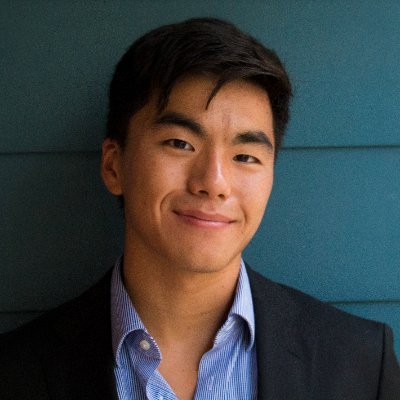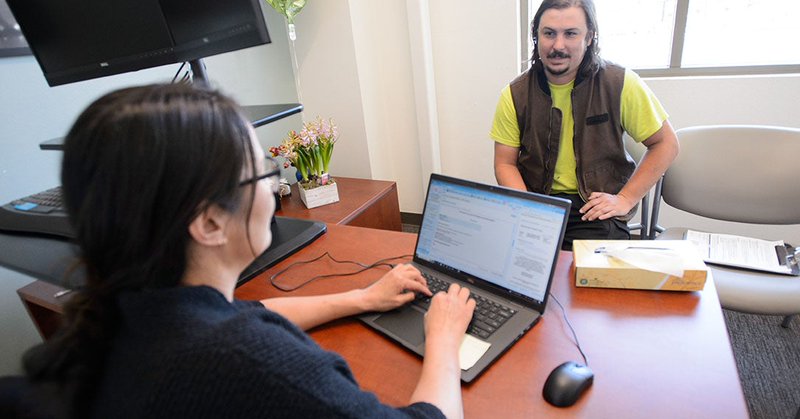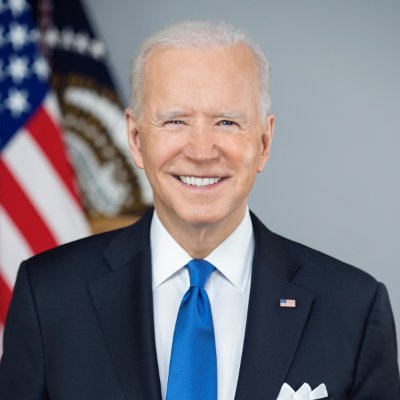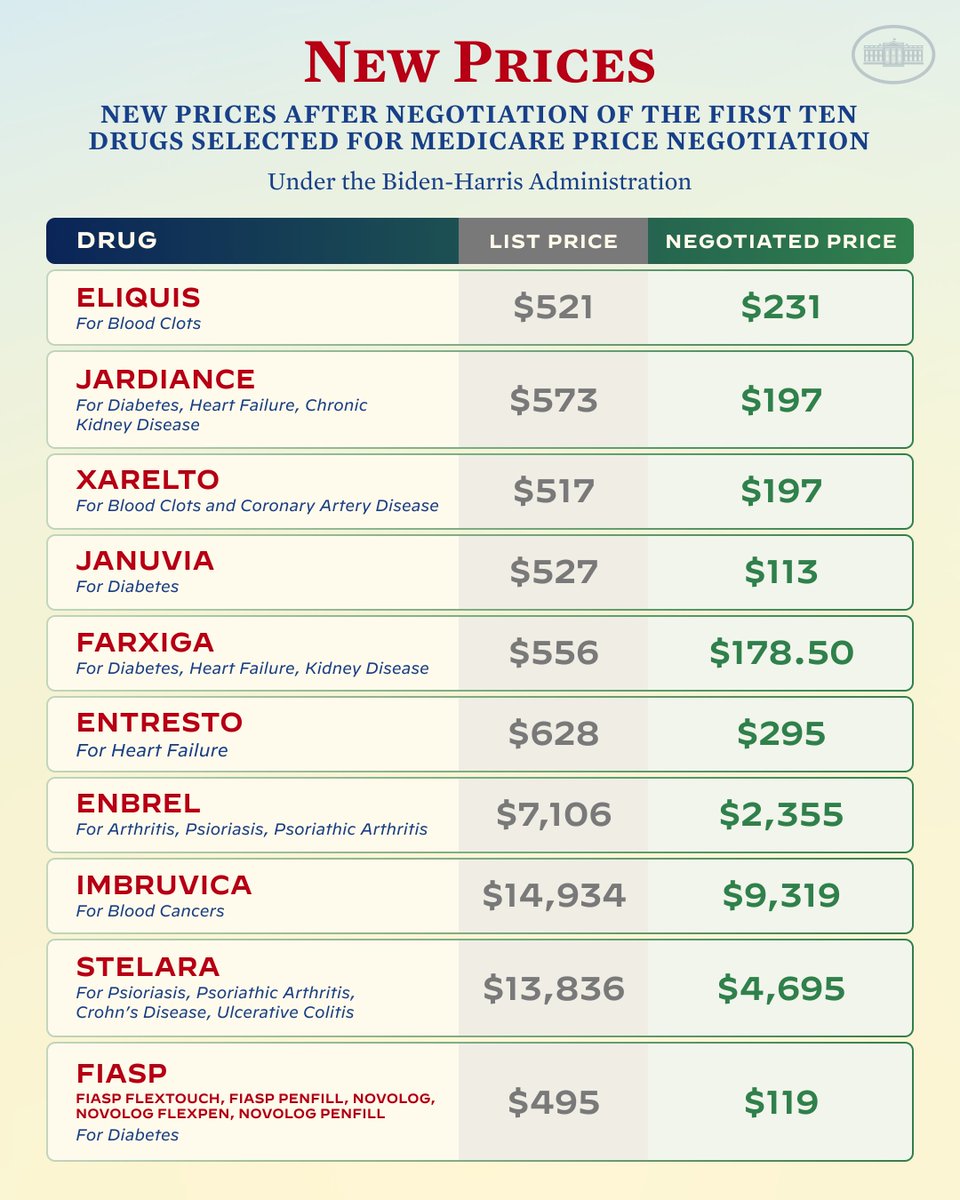
Justin Zhang, MD
@jcenzhang
Followers
123
Following
1K
Media
6
Statuses
115
UCSF Internal Medicine Chief Resident, David Geffen School of Medicine Alum, Forever Trojan, All tweets my personal thoughts only
Joined November 2012
Residents also generally don’t get pay-for-performance bonuses…. When you’re already rotating across different rotations, working hard to relearn different systems/workflows, it’s hard to have the bandwidth to ALSO focus on quality measures that you don’t believe in….
Residents underperformed compared to faculty on routine ambulatory quality measures, possibly d/t differing views on essential #PrimaryCare components. This underscores the need for better infrastructural support in PC to address pt needs. Read in #JGIM:
0
0
3
🚨 Hot Off Press.@UCSFDOM Health System Leadership Pathway's work reporting on-the-ground successes and challenges with @DHCS_CA's Enhanced Care Management Program - a novel, statewide endeavor to provide enhanced care to our vulnerable populations. Link:
chcf.org
A research team of UCSF medical residents and fellows worked with a team from California’s Department of Health Care Services to interview 18 ECM organizations. Providers describe their implementat...
0
0
3
It’s about damn time. Drugs compose ~10% of our over-inflated healthcare cost. For the sake of our patients, communities, and our national economy, we need to give Medicare a spine to stand up to otherwise predatory drug pricing practices!.
Medicare has reached agreements with manufacturers of all 10 drugs selected for drug price negotiation. That means the prices of these ten drugs will be cut 40% to 80%. And folks, this is only the first ten. We're not stopping here.
0
0
1
RT @journal_CHEST: INSIDE LOOK 👀 From the upcoming issue (July 8): A retrospective study of 3,999 patients showed similar in-hospital morta….
0
8
0
Lastly, @FreeBeacon writes,."Within three years of Lucero's hiring in 2020, UCLA dropped from 6th to 18th place in U.S. News & World Report's rankings for medical research.". This "rank" is based on NIH research funding, completely unrelated to student academic performance.
0
1
5
#3 The New Curriculum.Until 2021, DGSOM used a "traditional" curriculum. 4 years total. First 2 years pre-clinical, in the classroom or cadaver lab learning anatomy, physiology, pathology. 3rd year doing core rotations (medicine, surgery, neuro, etc.).4th years doing Sub-Is.
1
0
2
#2 Step 1 Turning P/F.This played a much bigger factor. For context, the USMLE Step 1 was traditionally THE MOST important exam you would take. Students would grind for 1-2 years to take this 7hr exam and then receive a numeric score. The higher the score, the better.
1
0
4
#1 COVID Pandemic.When the pandemic hit, scores took a hit.No more in-person classes (all Zoom). Some classes are OK virtually. Anatomy is not. You need to see and feel the cadaver. My friends/classmates were also distracted. Parents lost jobs, grandpa died of COVID, etc.
1
0
3







